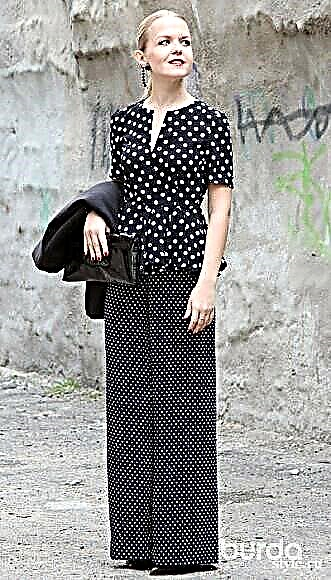This technique, which is so often underestimated, has something to surprise you!
 Bottega Veneta, Glam radar
Bottega Veneta, Glam radar Many at the word "puffs" involuntarily present decorative pillows with dashing satin sheen and ornate tucks that will excite not every sensitive soul that is sensitive to a beautiful needlework. And if your inner esthete always told you that puffs are not for you, try to give them a chance, because in fact, puffs are much more than it might seem.
What are puffs?
Strictly speaking, puffs are lush, often curly assemblies on clothes, as evidenced by the etymology of the word (it comes from the French bouffer, which means "puffing" or "pouting"). This type of decoration is done with stitches that fasten the fabric, creating decorative folds.
Puffs can be divided into two large sections: curly puffs and embroidery on puffs. The difference between them is fundamental!
Curly puffs

Curly puffs are created on the basis of rows of equally spaced points along which stitches will pass in a certain order. There are a great many different patterns of curly puffs, as well as their names: waffle, Canadian, pigtail, arrow, wave, etc. This technique is closer to fabric manipulation, and if this English term is not familiar to you, be sure to read our article about it:
What is fabric manipulation?
As a rule, to execute puffs, we need a template with a fixed scale of the cell and the direction of our stitches, but if you are just starting out, you can practice on checkered tissue (the cell should be small enough, but not too small).
This is what the diagram of one of the buffer options looks like - numbers indicate the points through which your needle should go. You can work with various threads, depending on your needs, the main thing is that the thread is strong. Floss for embroidery is quite suitable.

Bring the needle from the wrong side to the front at point 1, then make a tiny stitch at point 2, literally hook the corner. Return to point 1, tightening the fabric, and again to point 2, thread the needle into the resulting loop to make a durable knot on the front side. Take the needle to the wrong side and withdraw at point 3, then repeat the same steps with the new points. Having reached point 14, fasten the thread and cut it. Start the next row at point 15, moving from left to right again.
What is cork fabric and what can be sewn from it
As a result, you get tissue with volumetric textured folds that look different depending on the size of your cells and the composition of your tissue.
From the point of view of fashion, the possibilities are endless: such puffs can be located on the sleeves, on the belt, on the neck, on the shelf, on the back, be large small, symmetrical and asymmetric!
 Farfetch, glam radar
Farfetch, glam radar 
Puff embroidery
 The white company
The white company As you might guess, this technique is closest to embroidery, to be precise - this is a combination of the simplest puffs and embroidery on top. Embroidery on puffs is incredibly popular in children's clothing, probably because it looks very cute and touching!
Do-it-yourself notebooks: workshops + ideas
 Malvi
Malvi The simplest puffs on which patterns are embroidered are as follows:


In fact, it is a simple but very dense assembly on fabric. All the magic is in the embroidery that runs on top of these assemblies.

 Craftsy
Craftsy Such embroidery is quite simple and resembles counting types of embroidery, therefore it is not necessary to have special skills. The schemes are also quite simple, so you can even learn to create them yourself with a bit of a hand.




